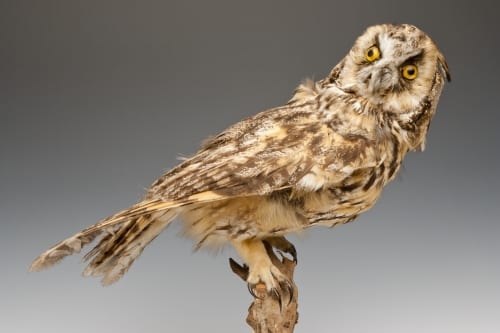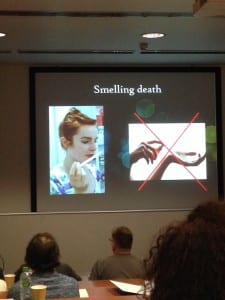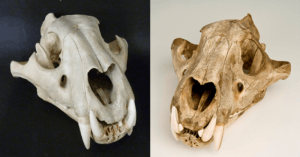Specimen of the Week 295: Do we fix the googly-eyed owl?
By Jack Ashby, on 9 June 2017
You do not have to be an expert zoologist to know that this is not what an owl looks like.
Next week we launch a major conservation project called Fluff It Up: Make Taxidermy Great Again, to repair and restore our historic taxidermy collection (check back on the blog on Monday for more about that). This will involve the expert conservation of specimens that have become damaged over their decades or centuries on display. In planning this project, we were faced with the decision of whether to “correct” the absurd but amusing eyes on this owl…
 Close
Close






